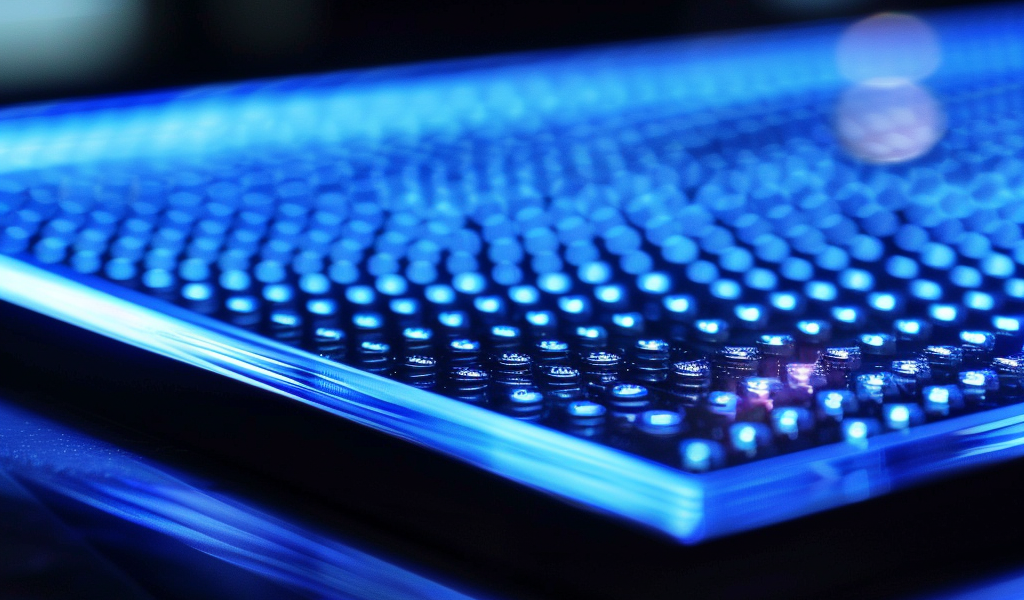A breakthrough in OLED technology could soon lead to the end of burn-in issues that have plagued OLED TVs. Researchers at the University of Cambridge have developed ultra narrowband blue emitters that can prevent the energy transfer issues associated with current blue OLEDs, which often lead to burn-in.
Blue OLEDs, crucial for RGB displays, have been a concern for the longevity of OLED TVs due to their construction and instability. The energy transfer from a sensitizer component to an emitter module can impact the efficiency and stability of blue OLEDs, ultimately leading to burn-in. However, the newly designed blue OLEDs with diodes emitting a narrowband blue light and an insulated emissive core show promise in suppressing this unwanted energy transfer, resulting in better efficiency and stability.
This breakthrough could lead to OLED panels with a longer lifespan, increased resistance to burn-in, and less complex fabrication. Additionally, the removal of unwanted energy transfer could make OLED displays more energy-efficient, benefiting TVs, phones, and tablets with screens that consume less energy.
While these new blue OLEDs are still in the research phase and would need to be incorporated into future OLED panel manufacturing, they offer potential for bringing burn-in-resistant OLED TVs with a longer lifespan to the market. Current OLED TV models like the LG C1 and Alienware AW3423DWF monitor with QD-OLED panels have shown resilience to burn-in, thanks to their smart features for pixel refreshing and burn-in prevention.





